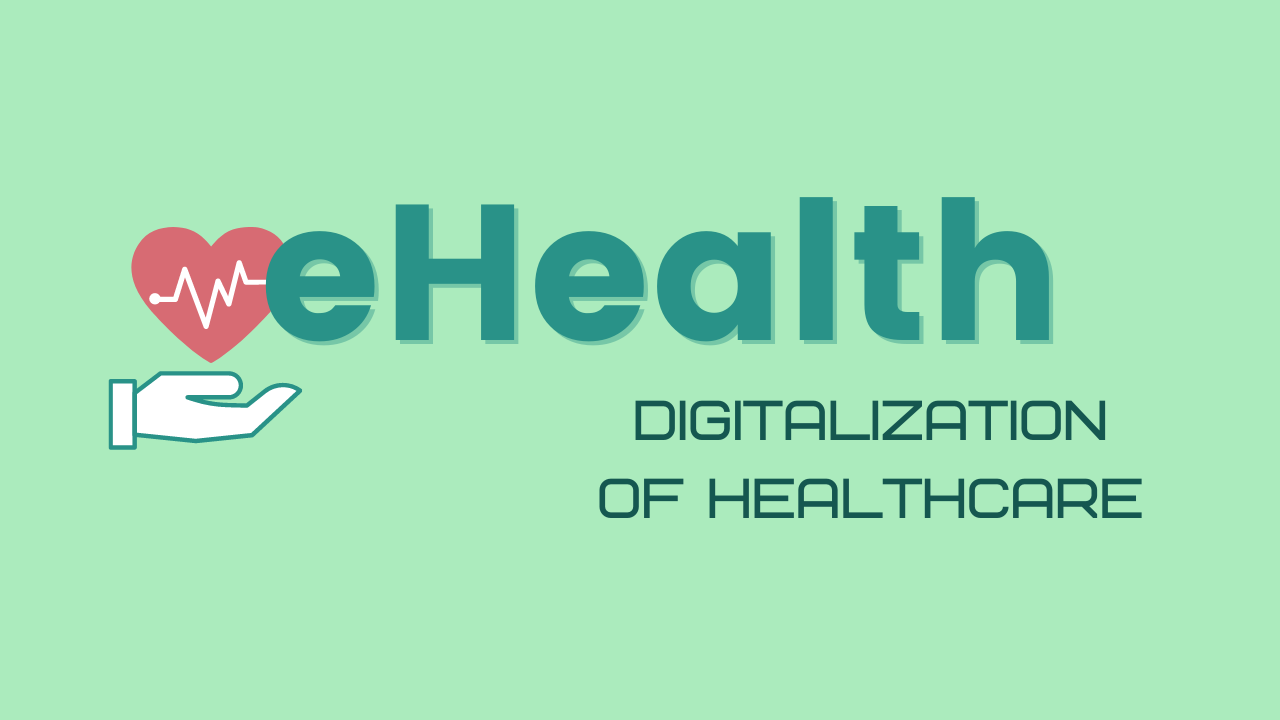eHealth
eHealth
Blog Article
eHealth
Overview
eHealth, often known as digital overall health or healthcare technological know-how, refers to the usage of electronic interaction and information know-how within the Health care business. It encompasses an array of systems and apps aimed toward enhancing the performance, efficiency, and top quality of healthcare shipping.
Goals of eHealth
The primary targets of eHealth is often summarized as follows:
Enhanced Entry to Healthcare: By leveraging electronic technologies which include telemedicine and distant individual checking, eHealth aims to enhance usage of healthcare services for people living in remote locations or with confined mobility.
Improved High-quality of Care: As a result of equipment like Digital wellness documents (EHRs) and scientific decision assistance systems (CDSS), eHealth seeks to boost the standard of care by facilitating precise and well timed info Trade among the healthcare experts.
Individual Empowerment: By furnishing patients with entry to their health-related documents, personalized wellness apps, and on the web academic methods, eHealth empowers individuals to just take an active position in running their particular wellbeing.
Cost Effectiveness: Making use of digital platforms may help minimize administrative prices connected with paper-centered systems even though enabling economical coordination in between distinct stakeholders in the Health care ecosystem.
Vital Applications of eHealth
A number of essential purposes lead to attaining the targets outlined above:
Electronic Well being Records (EHRs):
EHRs are digital versions of patients' health-related information which can be simply accessed by approved healthcare companies associated with a affected person's care. They supply a comprehensive view of the individual's professional medical record, lab success, medications prescribed, allergic reactions, together with other suitable medical info.
Telemedicine:
Telemedicine requires delivering Health care remotely by movie conferencing or phone phone calls. It allows Medical professionals to refer to with clients who are not able to physically visit hospitals or clinics as a consequence of geographical constraints or mobility difficulties.
Mobile Health (mHealth) Applications:
mHealth apps are smartphone apps that supply numerous Health care solutions, for instance monitoring essential indicators, reminding people to get medications, giving entry to health and fitness education and learning components, and facilitating conversation with Health care companies.
Remote Affected individual Monitoring (RPM):
RPM will allow healthcare industry experts to monitor a patient's important indications and also other wellbeing parameters remotely working with wearable equipment or sensors. This allows early detection of health concerns and well timed interventions.
Wellbeing Information and facts Trade (HIE):
HIE will involve the protected sharing of client facts throughout diverse healthcare companies, making certain seamless coordination and continuity of care between providers in various configurations.
Medical Determination Assistance Methods (CDSS):
CDSS leverage synthetic intelligence algorithms to investigate clinical knowledge and help healthcare gurus in building evidence-primarily based conclusions about prognosis, remedy plans, drug interactions, plus more.
Wellbeing Wearables:
These are generally wearable gadgets like Health and fitness trackers or smartwatches which can accumulate physiological information on someone's workout routines, coronary heart fee patterns, snooze top quality, and more.
Advantages of eHealth
The adoption of eHealth provides various Rewards for both men and women and the overall healthcare procedure:
Improved Performance: eHealth streamlines administrative tasks by cutting down paperwork and enabling the electronic Trade of data amongst stakeholders linked to affected person care.
Improved Communication: Digital wellbeing resources aid helpful conversation involving patients and their Health website care vendors whilst also advertising and marketing collaboration among distinctive professionals involved in a affected person's remedy prepare.
Entry to Specialized Treatment: Telemedicine allows patients residing in remote regions or underserved communities to refer to with professional Medical doctors who will not be bodily existing close by.
Timely Interventions: By means of remote checking devices or cell applications that provide alerts or reminders for medication adherence or stick to-up appointments, eHealth can help reduce complications by facilitating early interventions.
Improved Affected person Outcomes: By offering hassle-free use of clinical information and facts online together with personalized well being assistance, eHealth empowers individuals to actively engage in their particular healthcare and handle Persistent circumstances successfully.
Problems and Issues
Whilst the implementation of eHealth comes along with various Gains, In addition it offers difficulties and issues that should be dealt with:
Privacy and Security: Protecting affected individual facts from unauthorized entry is a substantial concern from the digital well being landscape. Strong protection measures, compliant with applicable privacy regulations, needs to be applied to make sure details confidentiality.
Interoperability: Diverse healthcare devices and programs may well not constantly seamlessly communicate with each other because of deficiency of interoperability standards. Guaranteeing efficient Trade of information across platforms is crucial for thorough patient care.
Electronic Divide: Not Every person has equivalent access to electronic systems or possesses the necessary electronic literacy skills essential for using eHealth equipment correctly. Bridging the digital divide will become essential to make certain equitable usage of healthcare providers.
Regulatory Compliance: The dynamic mother nature of technologies typically surpasses present regulatory frameworks. To totally leverage the main advantages of eHealth while safeguarding affected person rights, rules will need to maintain pace with technological breakthroughs devoid of stifling innovation.
Summary
eHealth performs a pivotal role in modernizing healthcare delivery by harnessing technological innovation for enhanced entry, high-quality of treatment, patient empowerment, and cost efficiency. The widespread adoption of electronic communication resources, telemedicine providers, cellular overall health applications, remote monitoring techniques, and also other impressive alternatives contributes to a far more linked and individual-centered approach to healthcare provision. Nonetheless, addressing problems linked to privacy protection, interoperability standards compliance bridging inequality gaps in Online accessibility are very important techniques toward attaining the full potential of eHealth.
